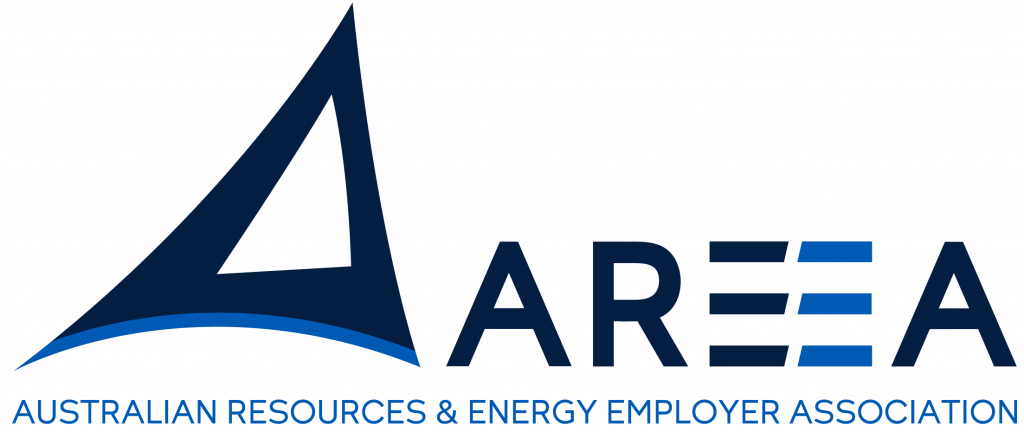AUSTRALIA has dropped 12 places in an annual global index of gender equality, ranking behind countries including Iceland, Rwanda, New Zealand and Mozambique.
The WEF’s 2015 Global Gender Gap Report ranked Australia at 36 out of 145 countries in an analysis of the gap between men and women in health, education, economic opportunity and political representation. In 2014, Australia ranked 24th out of 142.
The WEF considers 73% of the gender gap in Australia to now be closed.
“(Australia’s ranking) can be explained by a decrease on its Economic Participation and Opportunity score, due to a drop in estimated earned income,” the report states.
“Since 2006, its Educational Attainment gender gap has remained fully closed. The country has shown progress across all subindexes except Health and Survival where it has slightly regressed.”
The WEF reports that in economic terms, the global gender gap has closed by three per cent in the past 10 years, with progress towards wage equality and labour force parity stalling markedly since 2019/10.
“Despite an additional quarter of a billion women entering the global workforce since 2006, wage inequality persists, with women only now earning what men did a decade ago,” the WEF said.
Nordic nations remain the most gender-equal societies in the world. The leading four nations are Iceland, Norway, Finland and Sweden.
Three new countries joined the top 10: Slovenia (9) climbed 14 places, while Switzerland (8) and New Zealand (10) both gain three places.
Employers can help close the gap
Noting that Australia’s score for Economic Participation and Opportunity had fallen from 14 to 32, including a three-point decline in Labour Force Participation, AREEA executive director of industry services, Tara Diamond, urged resource employers to consider how they could close the gender gap in their own workplaces.
“It is in the ethical and commercial interests of employers across all sectors, particularly male-dominated sectors such as resources, to assess how they can become more capable in attracting and retaining gender diverse workforces,” Ms Diamond said.
“AREEA’s national gender diversity initiative, the Australian Women in Resources Alliance (AWRA) exists for this very reason; to assist employers in ways to improve their internal policies, practices and culture to benefit from greater diversity and inclusion.
“AWRA has a range of practical resources and programs available for employers embarking or progressing their gender diversity journey. This includes the AWRA Recognised Program whereby resource organisations undergo an assessment against global diversity benchmarks and receive a clear pathway on how to become more gender diverse.”
Click here to view the 2015 WEF Global Gender Gap Report.
For more information on how AWRA can help your organisation build its gender diversity capability, visit www.awra.org.au or speak to an AWRA team member via (07) 3210 0313.



